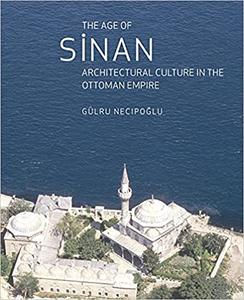Gülru Necipoglu, "The Age of Sinan: Architectural Culture in the Ottoman Empire"
English | 2010 | ISBN: 1861892535, 1861892446 | PDF | pages: 588 | 106.2 mb
English | 2010 | ISBN: 1861892535, 1861892446 | PDF | pages: 588 | 106.2 mb
Mimar Koca Sinan (1489–1588), the most celebrated of all Ottoman Empire architects, is particularly renowned for his contributions to the cityscape of Istanbul. During his fifty-year career he designed hundreds of buildings, and his distinctive architectural idiom left its imprint on the terrain of a vast empire extending from the Danube to the Tigris.
Sinan’s mosques are considered among his best work, and with their light-filled centralized domes, remain a testament to his inventive spirit and passion for experimentation. In this major study of Sinan’s extraordinary buildings, Gülru Necipoglu argues that Sinan’s rich variety of mosque designs sprang from a process of negotiation between the architect and his patrons, rather than from unrestrained formal experimentation. Using primary source material, Necipoglu describes how Sinan created a layered system of mosque types, reflecting social status and territorial rank.
“Brushing aside skewed orientalist and nationalist readings which have colored many previous studies of his work, the author, using original documentation, provides the most detailed written study ever, of not only Sinan’s architecture, but also, arguably, of Ottoman culture, politics and society in the classical age . . . Without question, The Age of Sinan is one of the most remarkable architectural biographies ever written and the book Sinan’s life and work richly deserves.”—Prospect
“The effort that has gone into the research and compilation of this publication is remarkable . . . an essential text for anyone with a serious interest in architecture.” —Architectural Review



